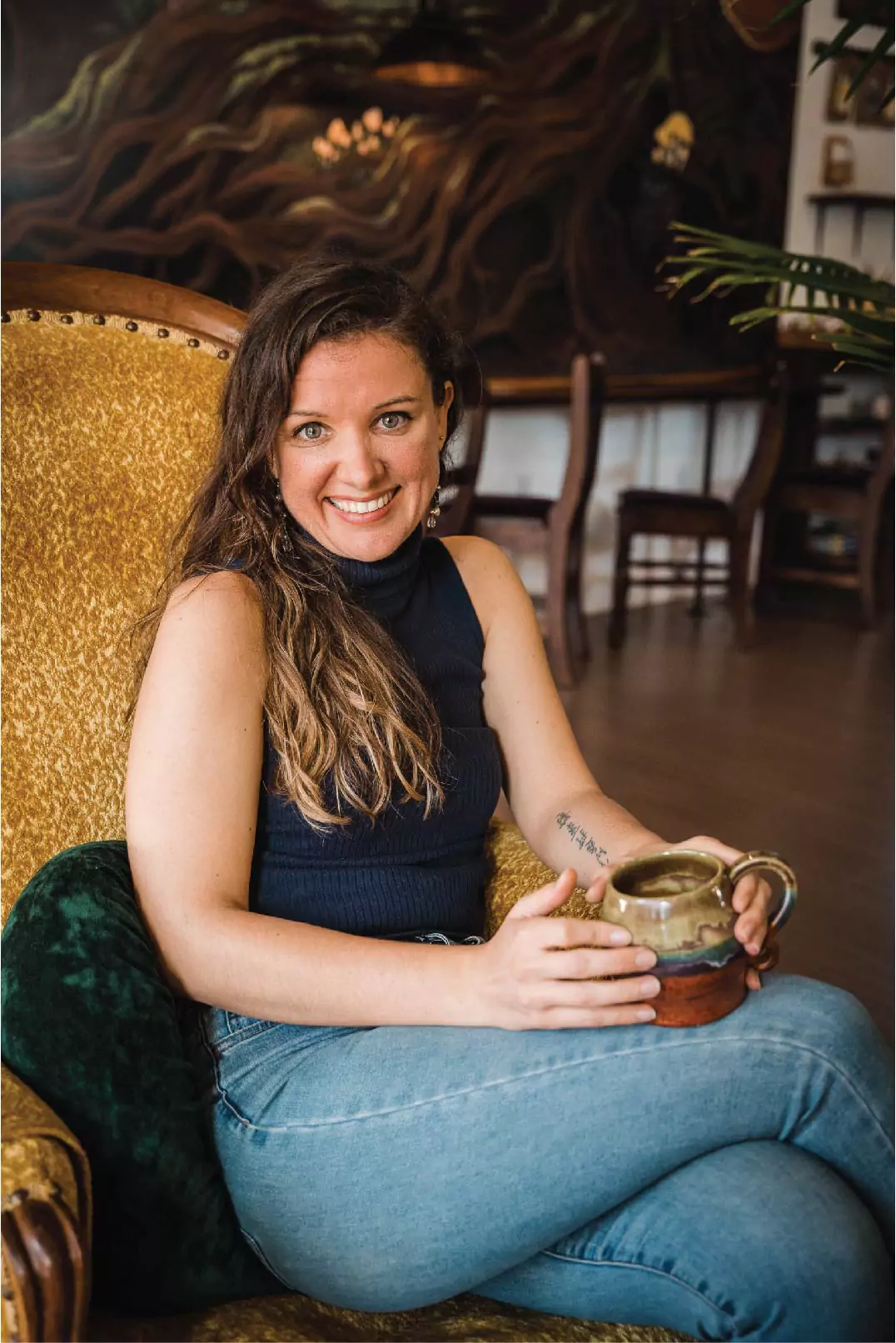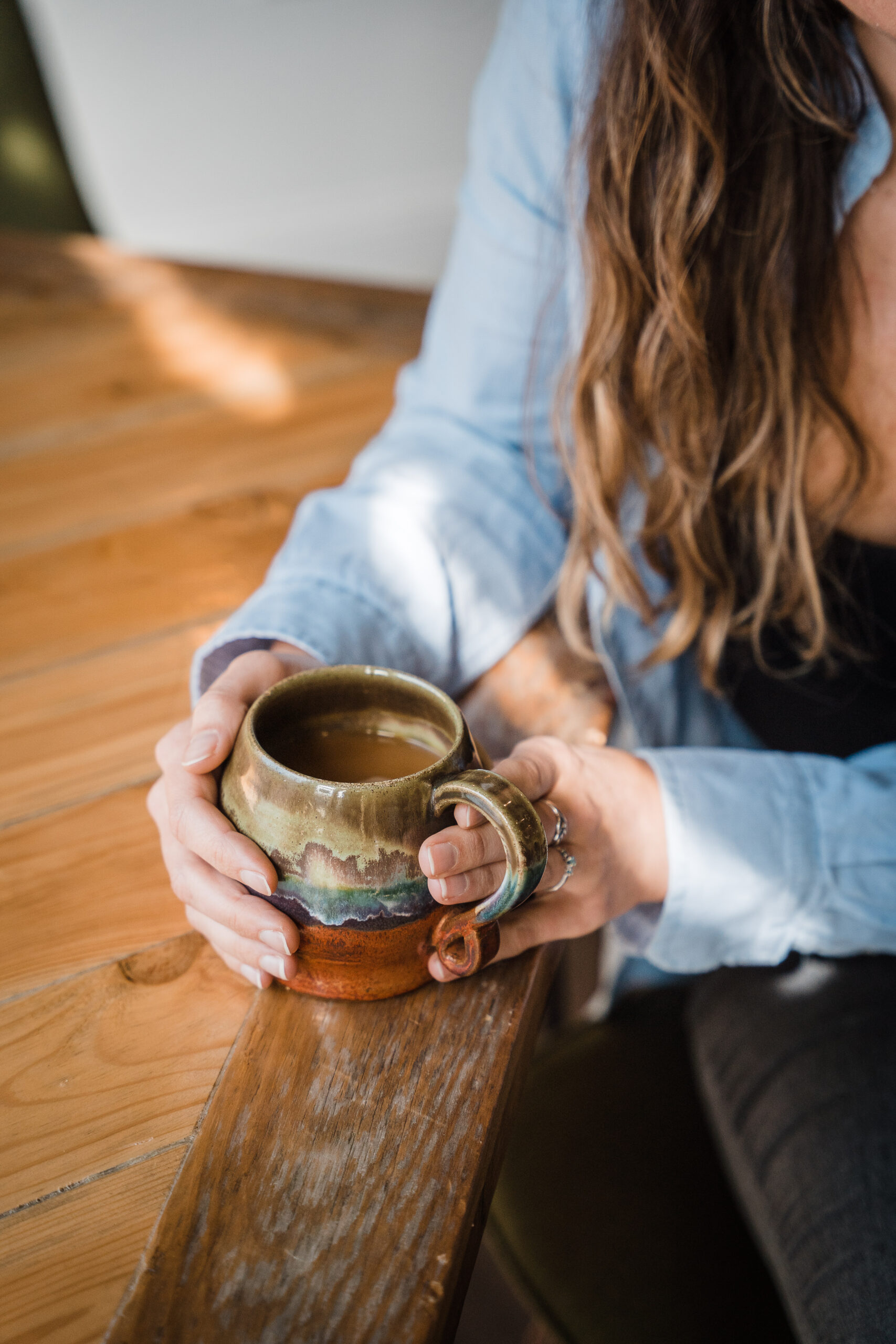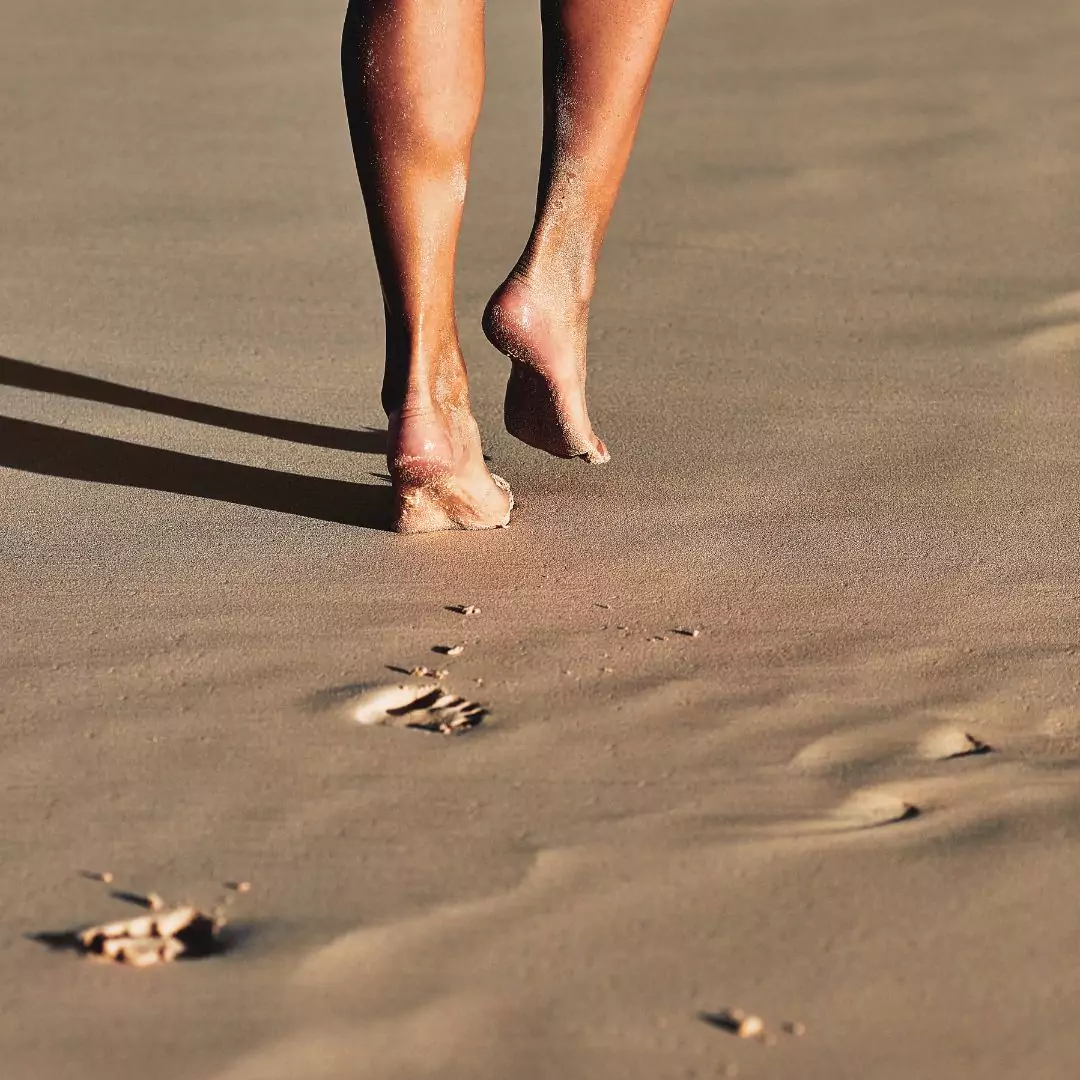Kay's Credentials
Kay is a Licensed Professional Counselor and can offer support through her expertise and certifications in Dialectical Behavior Therapy (DBT), Cognitive Behavior Therapy (CBT) and Exposure & Response Prevention (ERP).
Kay also uses Eye Movement Desensitization and Reprocessing (EMDR) to help lessen trauma responses, so clients feel like the trauma is more in the background, rather than the forefront of one's life.
Sometimes it can feel like trauma is in control, limiting everything we do. We can feel like we're unable to move forward or away from it-- like it's constantly in the windshield, blocking our view, when we're trying to drive through life.
With EMDR, we take that trauma and help it move through and out, so we can reflect on it in the rearview mirror-- able to acknowledge that it is in the past so that then we are able to live in the present and move forward into our future.
We can then use skill building from DBT to help us develop a healthy relationship with ourselves and with others (think communication, boundaries, self-love and acceptance).
Courses like Balance for Life and Nutrition for Life can then help set a new foundation for a healthy, balanced lifestyle in all dimensions of wellness.
What is Holistic Wellness?
Holistic wellness considers various areas (or dimensions) of wellness. When we are going through recovery, it's important to explore root issues, study and realign each area to learn how it has contributed to strengths and areas of growth for us and our healing.
8 Dimensions of Wellness:
-Intellectual Wellness
-Emotional Wellness
-Relational Wellness
-Occupational Wellness
-Environmental Wellness
-Financial Wellness
-Spiritual Wellness
-Physical Wellness (considering nutrition and fitness components)
Kay's Bio
Kay is a plant-based vegan, married to her outspoken, Albanian husband of over 8 years. Together they love to travel, visit family in Kosovo and in the States, spend time with friends and be active outdoors playing soccer, biking, or hiking.
Professionally, Kay took a life-changing gap year program to 11 countries over 11 months, doing humanitarian work. She then went on to teach 10th grade English for 2 years before returning to get her masters in counseling.
She gained experience in a behavior health hospital, private practice, and non-profit setting as a program coordinator and leader of a team of 8-10 staff and interns.
In these various positions she provided, supported and directed programs of individual counseling, wellness courses, mental health trainings, a suicide prevention coalition, support groups, advocacy (child, adult, family, and prison), as well as a friend-to-friend Compeer program.
She currently leads her own business, Kay Bela Coaching and Counseling where she supports those struggling with anxiety, and depression, including suicidal thoughts and attempts, and/or addiction who desperately need to find balance and peace in their lives.
Live whole. Love well. Lead adventurously.
Kay's Story in her Own Words
Early Childhood Development
I was born the 5th of 6 children. As a child, I struggled to focus and succeed school, so my parents decided to homeschool me for a few years. Unfortunately, the isolation in addition to dealing with anxiety led to low confidence, social awkwardness and disconnection from peers and others.
I spent a lot of time reading, writing books, journaling, doing art, playing with my younger brother and animals— of which I had many. My dad is a veterinarian and my mom is an animal lover, so we raised purebred shelties and golden retrievers.
I raised my first litter of puppies when I was 9 and my animals taught me so much about responsibility, unconditional love, forgiveness, peace, and acceptance.
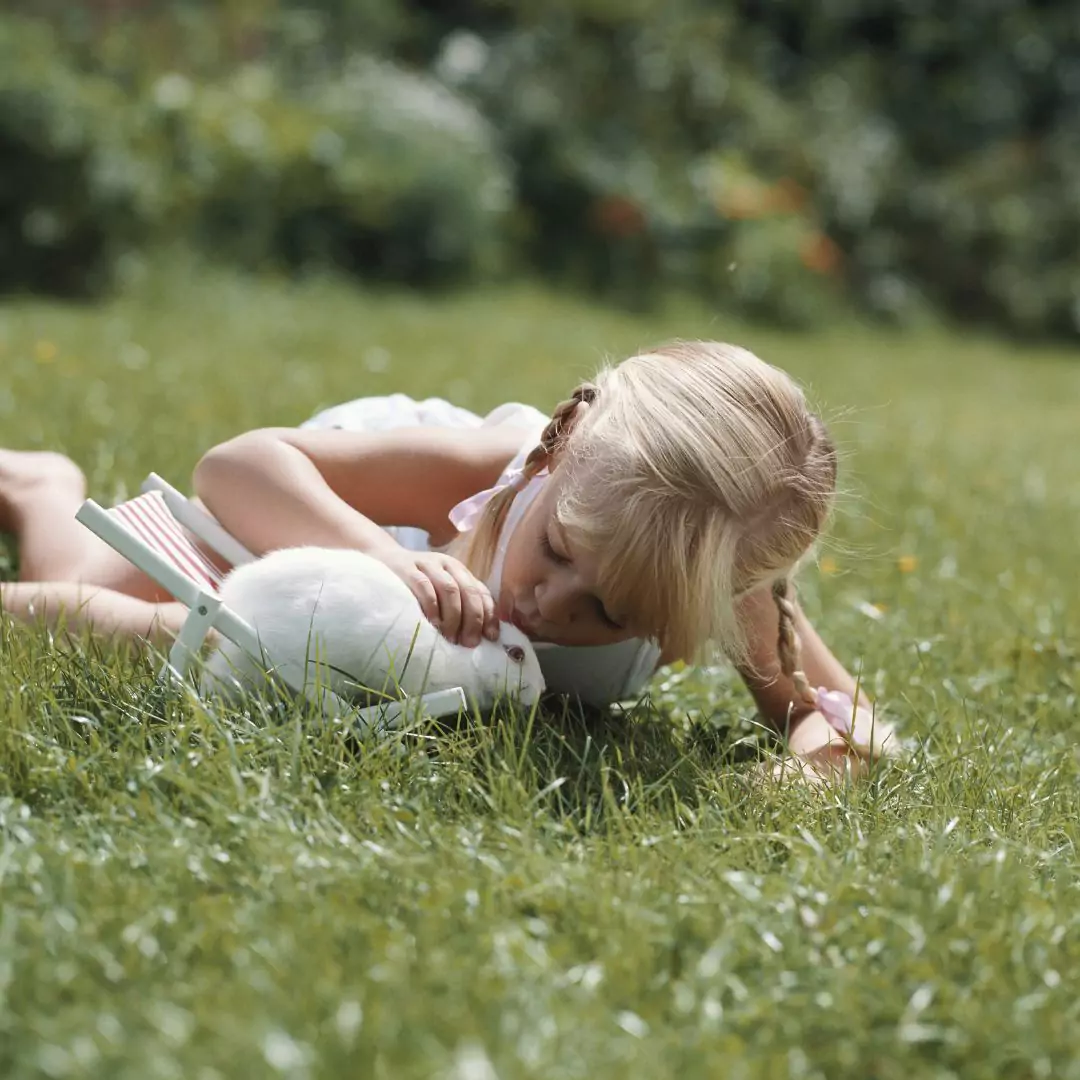
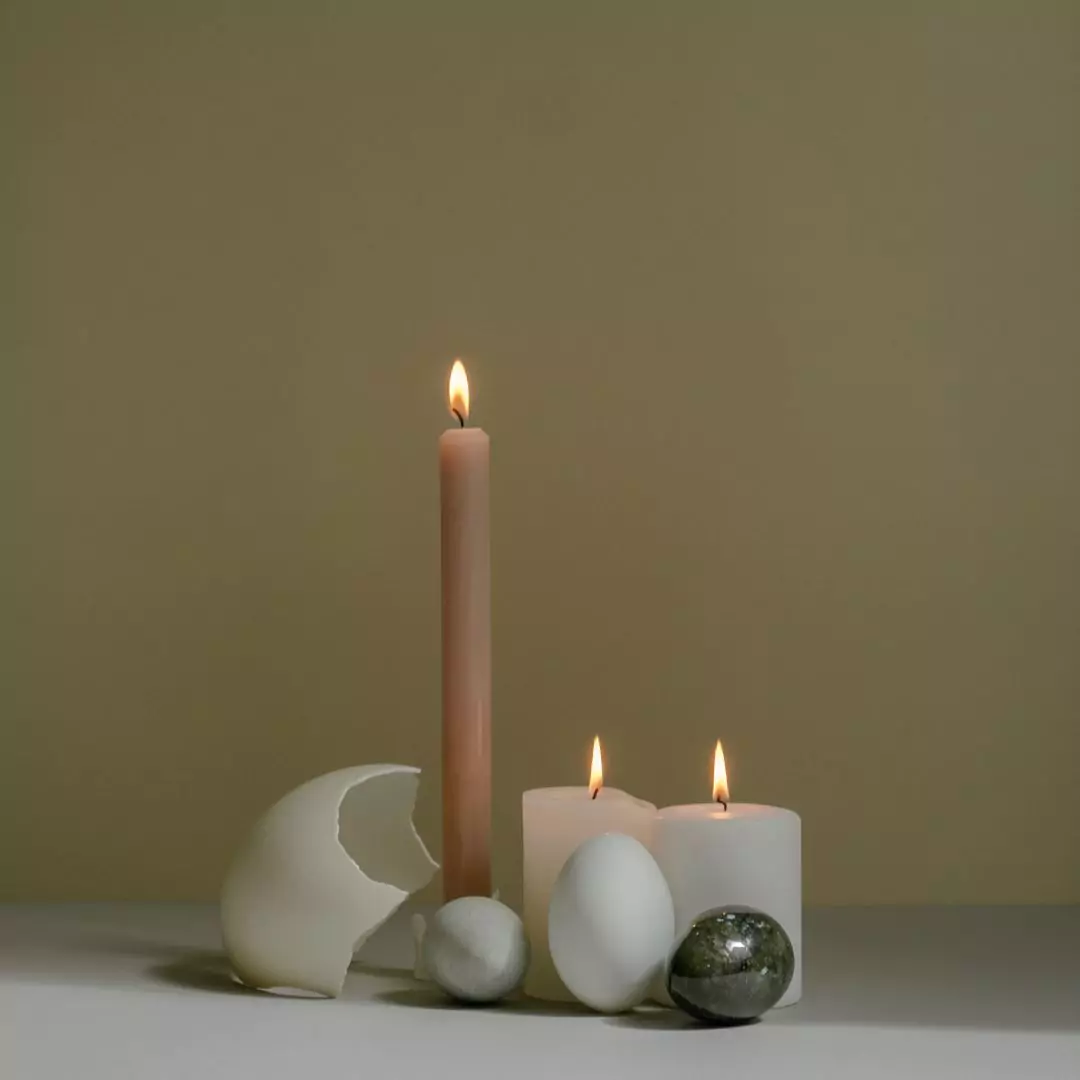
Losing a Brother to Addiction
I felt the first pangs of depression and anxiety during those years, but there was a pivotal event that altered the development of my teen years.
My older brother was always in and out of rehab or jail for drugs or alcohol or theft or… honestly, I didn’t often know.
I loved him dearly and felt we had a special bond because he always protected me and would remark on our similarities.
However, the day after my 13th birthday, my older brother drank too much alcohol, went into a coma and died a week later.
Seeking Connection
For me, grieving and moving forward meant I needed to find hope, meaning and purpose. I needed a way to make sense of it all and save others like him, since I couldn’t save him… But what I didn’t realize at the time was that I was also really trying to save myself.
I often felt tired, misunderstood, and frustrated by my own unruly emotions.
I tried in my own clumsy, youthful way to communicate with others, but it was often met with rejection, abandonment, or mockery.
This was all very painful and I became guarded. I blamed myself and tried harder to please others as I hid myself and my needs.
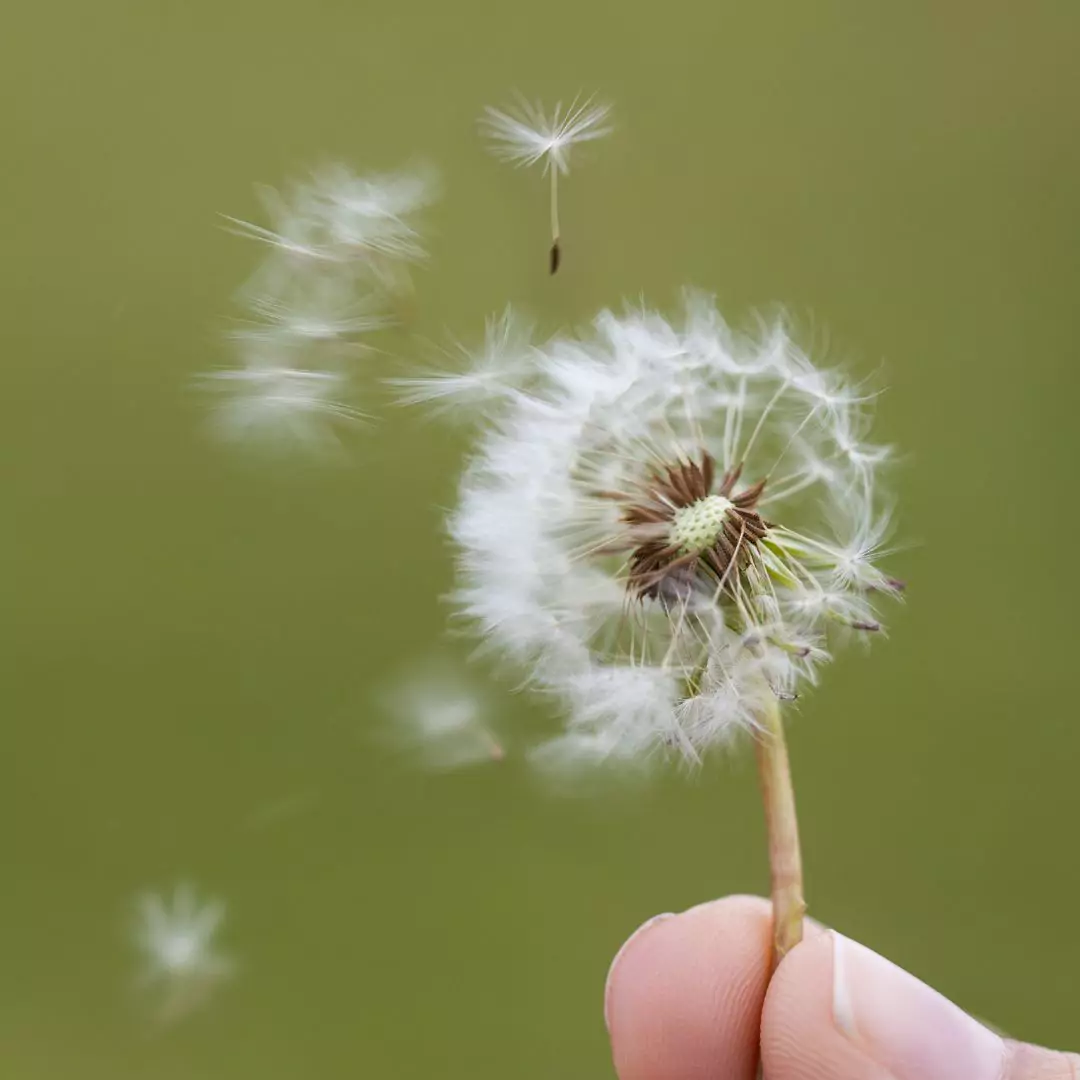
After losing my brother, I didn’t connect well with my peers since I was contemplating the meaning of life on a deep level and many of them seemed more concerned with school, sex, popularity, and gossip.
When I did connect with a friend, it often felt more like it was someone to save.
My faith, a few close mentors, and occasionally some of my siblings were my supports. However, my supports were either struggling similarly to me or they didn’t understand and would give kind, but ineffective or short-lived support.
I also found that I became dependent on others telling me what to do and who I was-- abandoning all sense of personal identity and confidence in myself.

The Darkness
Warning: Suicidal Ideation Discussed
I don’t remember the first time I had suicidal thoughts but I remember why.
Life was exhausting. No matter what I did, my mind wouldn’t stop racing. I was obsessively worrying, feeling guilty and blaming myself for everything. I was trying so hard to present a happy front, but I didn’t feel the reprieve from my anxiety.
My moods felt out of control. No matter what good I tried to do, I still felt empty, alone, angry, unsafe, and insatiable. Never content, happy, or good enough.
I just wanted a break. I just wanted peace. I wanted to stop feeling like I was hurting others by just existing.
It seemed there was no way to find it in life, so I thought death seemed like the perfect rest.
At the time, I believed that taking my own life was a sin. I also knew I couldn’t put my parents or family through that pain again after losing my brother.
I was living a lie. Others saw me as a light in their darkness, but I was my own worst enemy as I buried my emotions and fueled my self-hatred. I felt that if anyone actually knew the real me, they would leave me.
I truly hoped that there was some way to convince myself to want to live.
Chasing a High to Fill a Void
I became aware of a trend happening in my life where I was chasing various highs and promises that this would be the BEST thing and I would get better for a little while and think that I had found the cure-all.
I became obsessed with anything that promised hope of escape from these thoughts: Boys. Spirituality. Service. Travel. Sex. Alcohol.
None of them worked and I would find myself burned out and at rock bottom again.
Even after I’d been hospitalized twice for drinking too much alcohol, I was still trying to convince my new therapist that I was fine and didn’t need help.

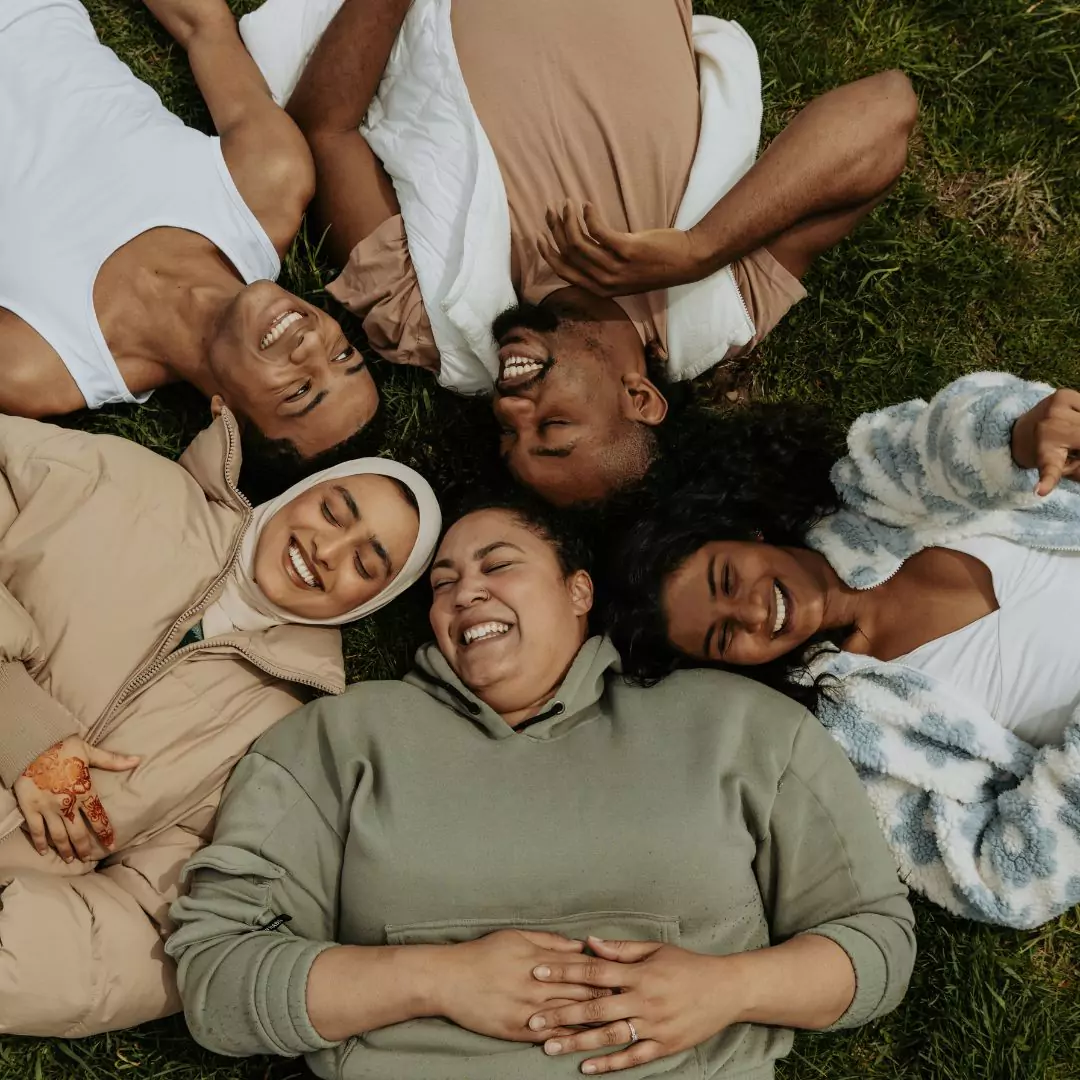
Hope Found in a Safe Space
I am thankful for that therapist who was able to help me see that I needed to go to inpatient, because it gave me a space where, for once, there was no pretending.
No fake smiles to convince everyone you’re okay. No motivational speeches to give. No outfit to draw attention to your outward appearance instead of your inward state.
No car to hide in and scream as you cry. No church to sing a song and forget your problems. No person to help so you can pretend you’re not also hurting.
Just help for myself. Just real, raw people with some difficult life stories. Just puzzles to do. Just basketball and foosball to play. Just therapy groups to connect and walk through healing.
They also weren’t scared or unfamiliar with my dark thoughts. They’d been fighting the same battle alone. Misunderstood. Trapped in their own minds. Trying to overcome and find the hope, but the hope was hard to find through the noise and chaos of the chatter.
I was safe to be raw, seen, heard, and understood. I’d found my home. I’d found my safe space.
The Journey Toward Healing
Although terrifying at first, after that experience, I started openly talking about my depression, suicidal thoughts, codependence, addiction, and anxiety.
Surprisingly, similarly to my inpatient stay, I found that my vulnerability opened up many people who reached out and shared their stories. I began connecting with so many amazing people.
I found a renewed love for helping people— this time with a new attempt at authenticity and vulnerability.
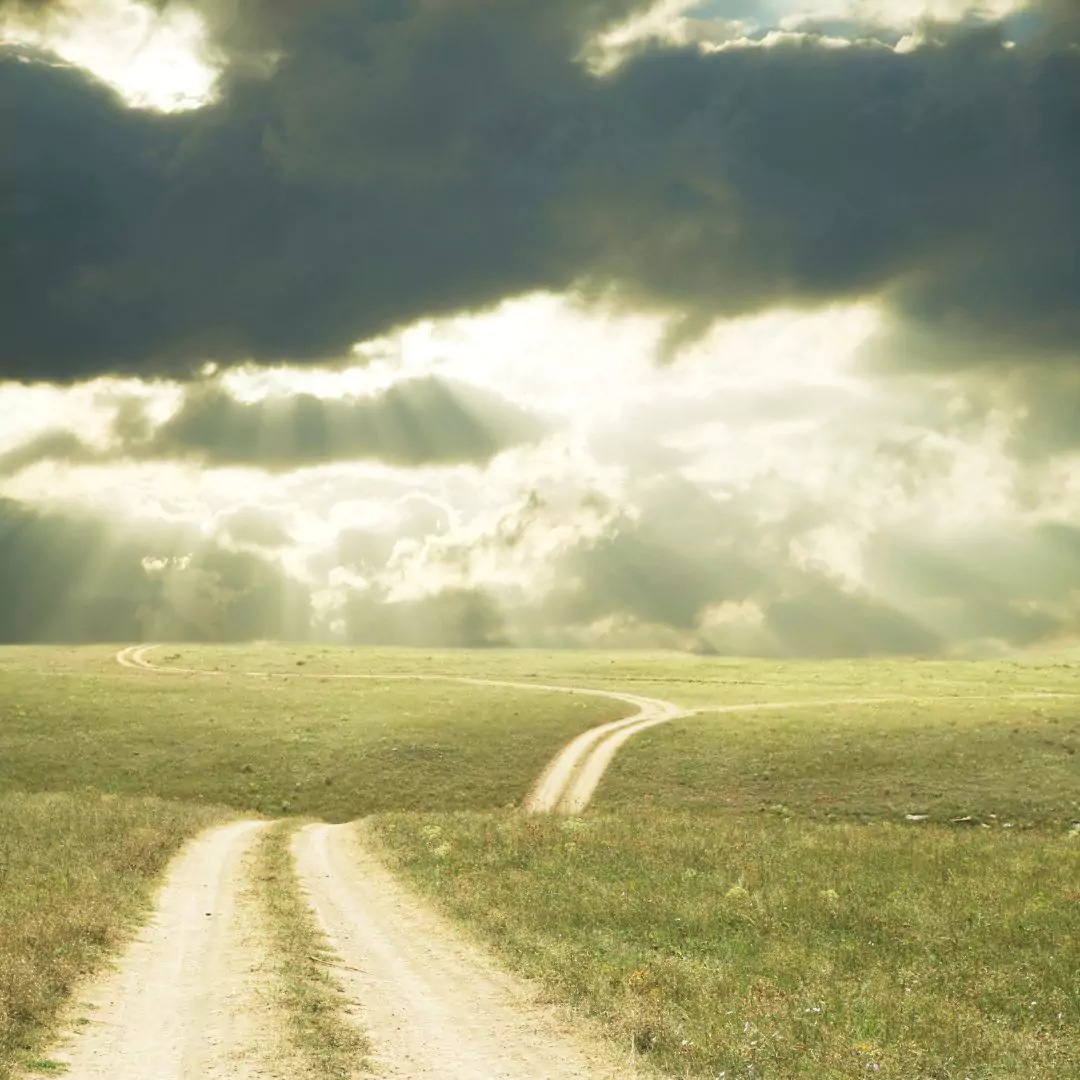

Lessons Learned
Based on the same steps I walked toward healing and the lessons I learned along the way, I outlined the course Balance for Life.
What I’ve learned is that healing is a journey, not a destination.
And balance is not about perfection, but about learning to accept our imperfect selves and walk the messy and uncomfortable journey toward recovery and healing, one step at a time.
There is not ONE fix or ONE turning point, but instead recovery includes many pivotal moments. Then healing is carried out by what you do with them and the daily practice of leaning into healing, challenges, joy, gratitude, and forgiveness as a daily act of learning to love one’s self.
What does this mean for you?
The objective of my support is to help you learn the foundational practices of how to navigate your own healing and growth as you connect to yourself and others.
Along this journey, we’ll help you work through the mental hurdles that are getting in the way of your healing.
The courses are 8-10 weeks, but are designed so that you can take the course once through and then go back and dive deeper into each area of wellness to become balanced for life.
I often find myself revisiting the various lessons highlighted here to renew my commitment with newfound knowledge in mind, reclaim an aspect of wellness that got lost through a life transition, take myself to the next level, or learn how this lesson now applies to a different stage of my life.
I hope you will use it to do the same.


